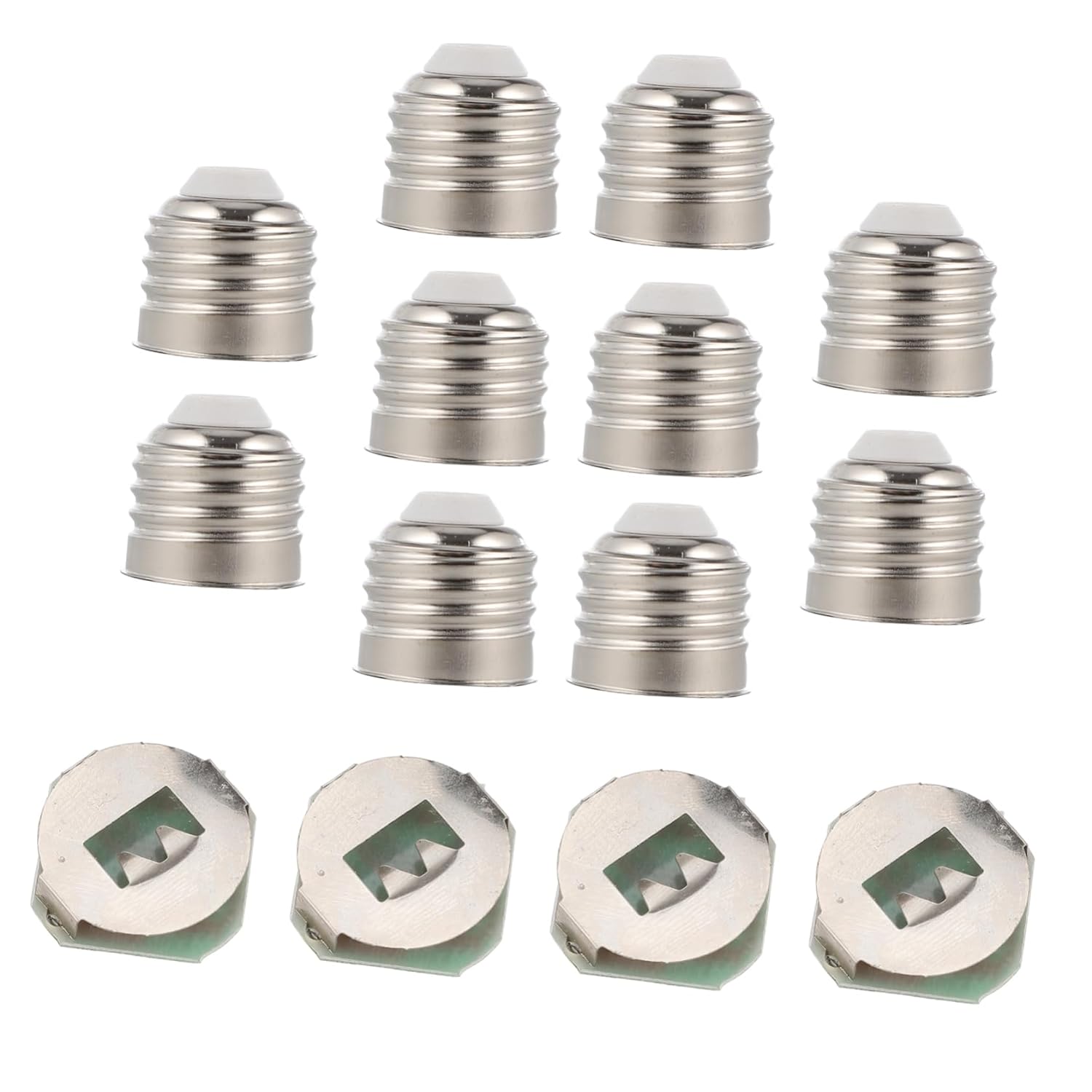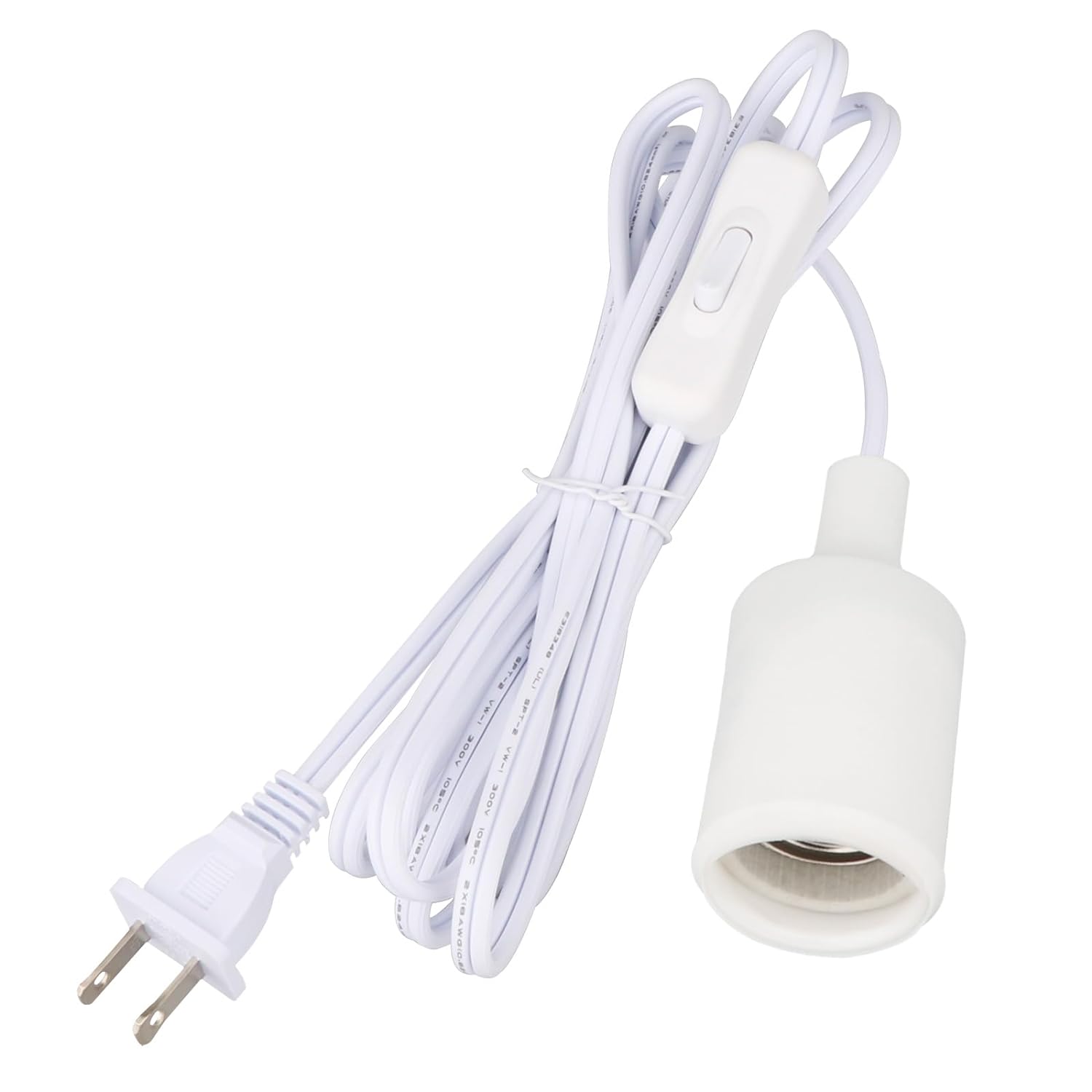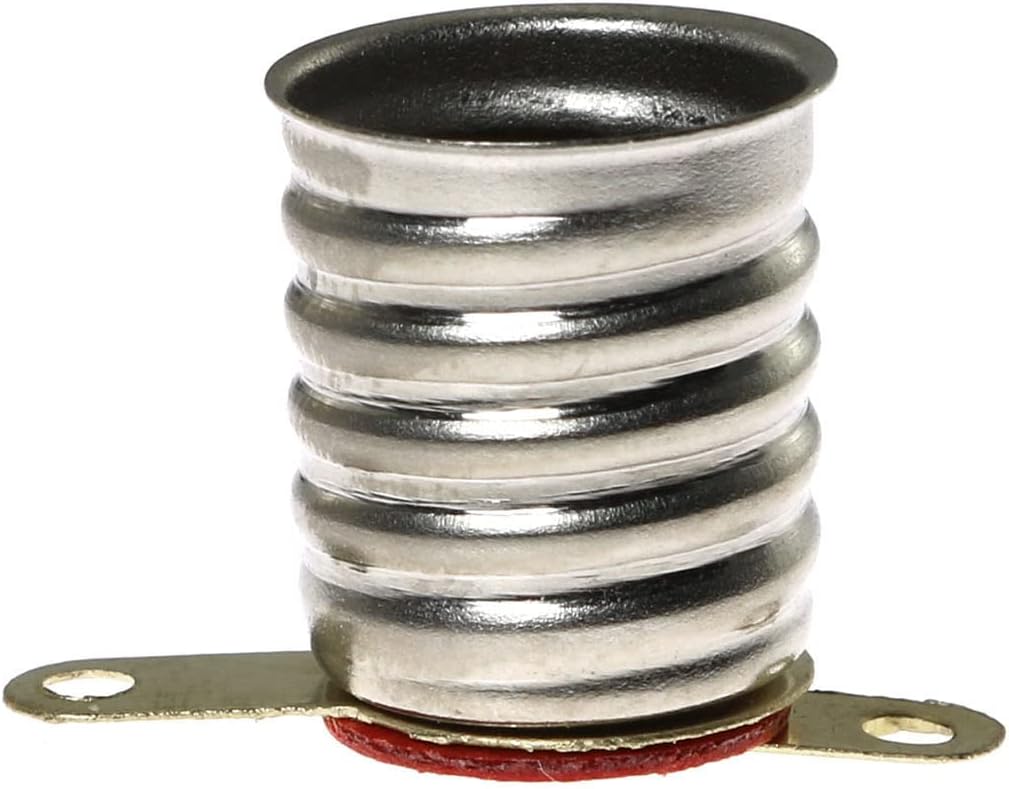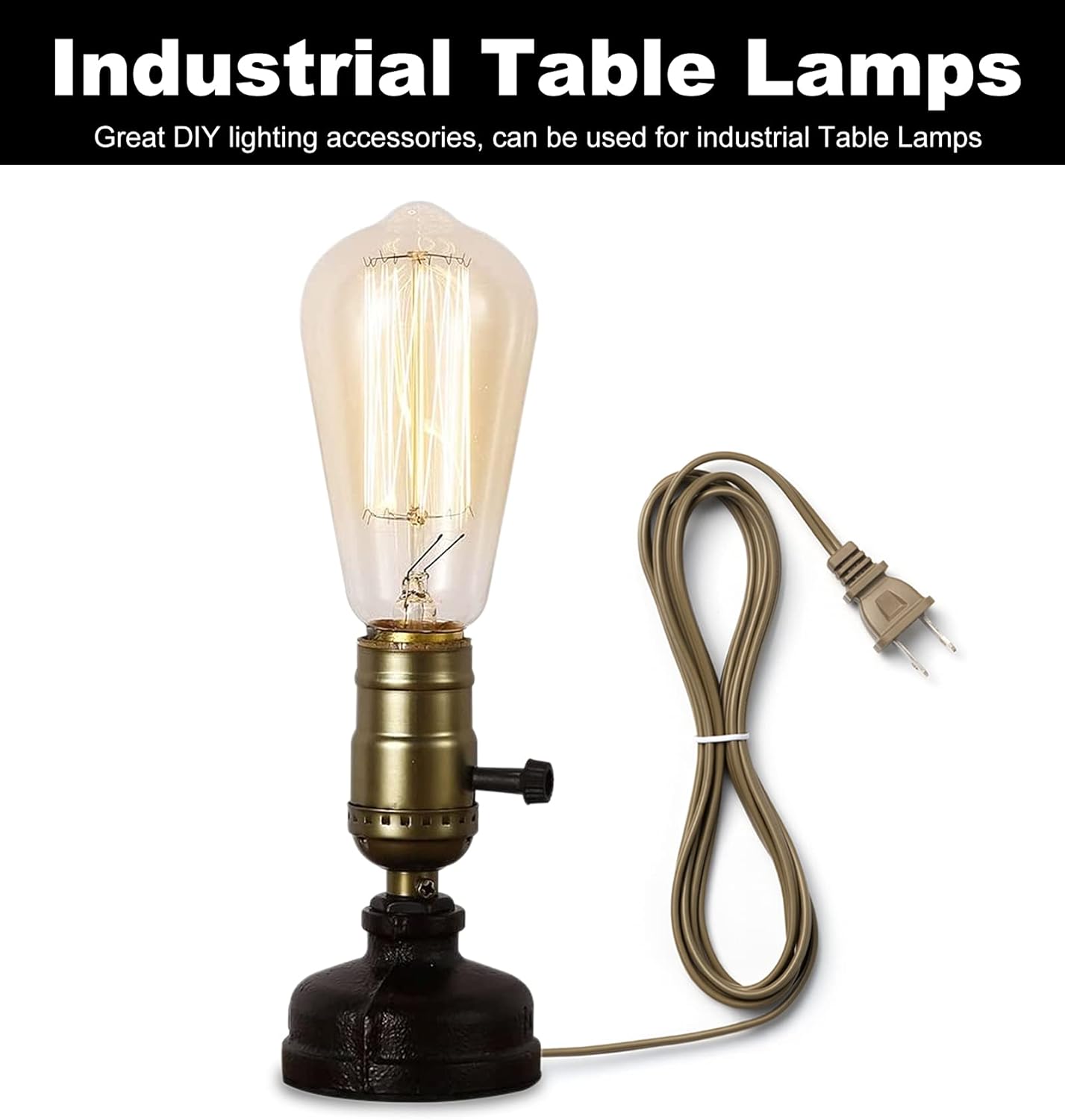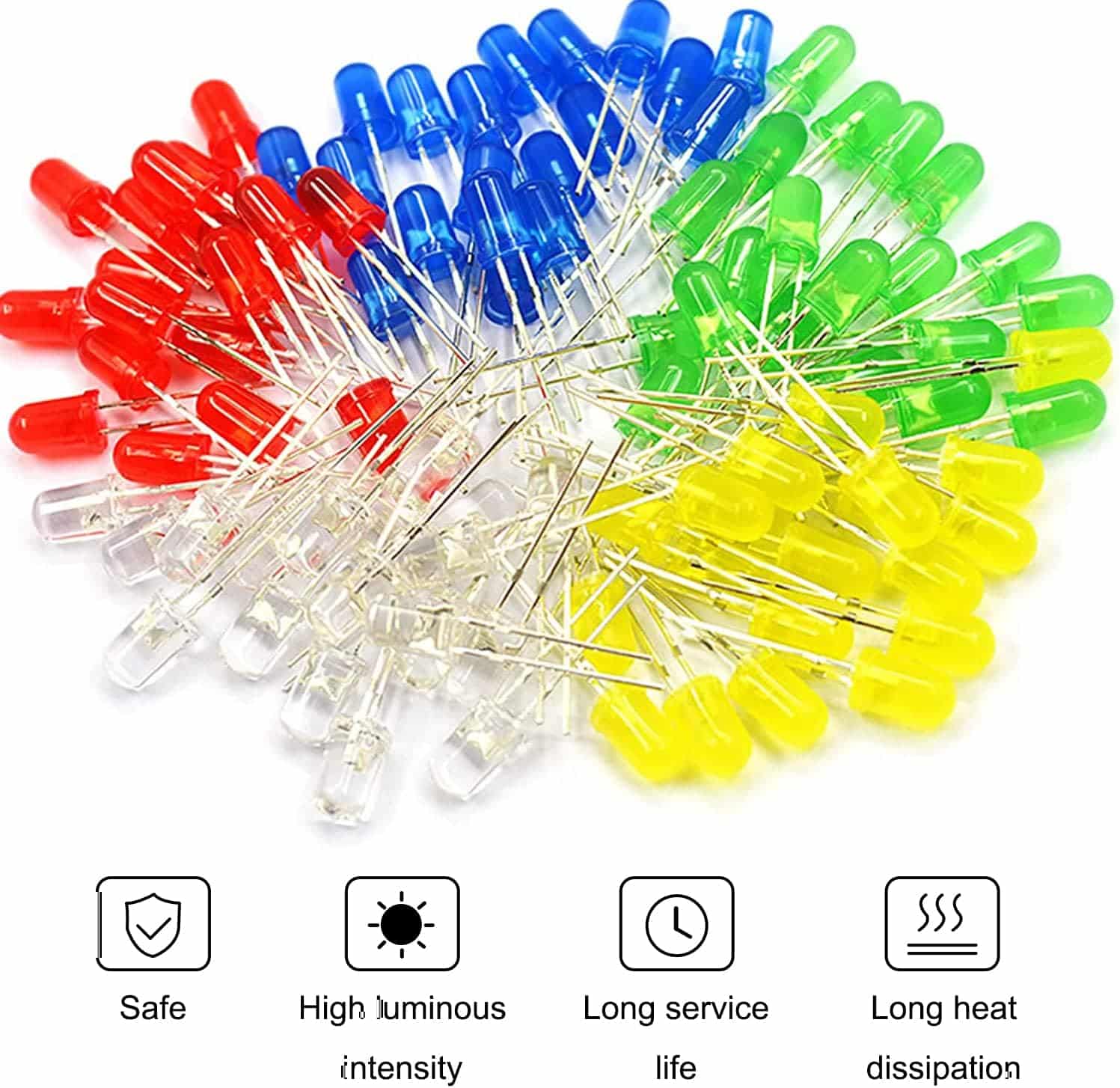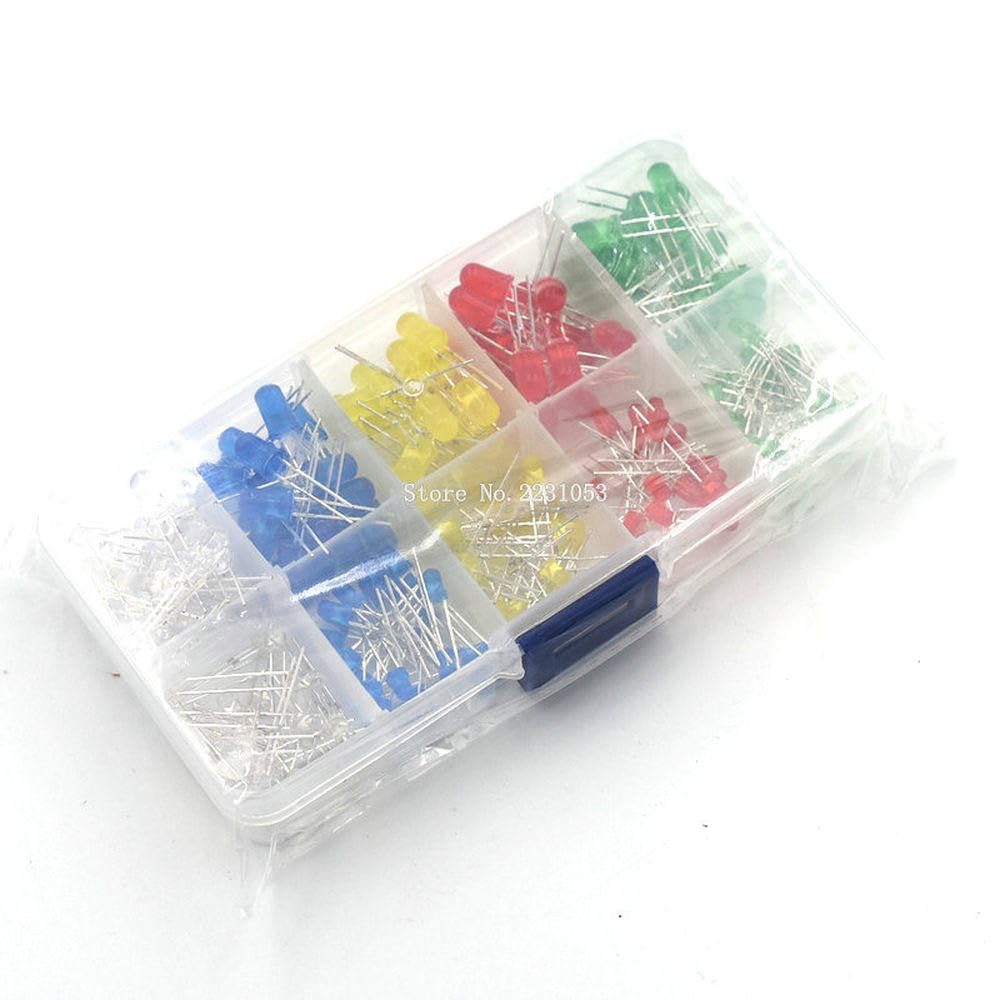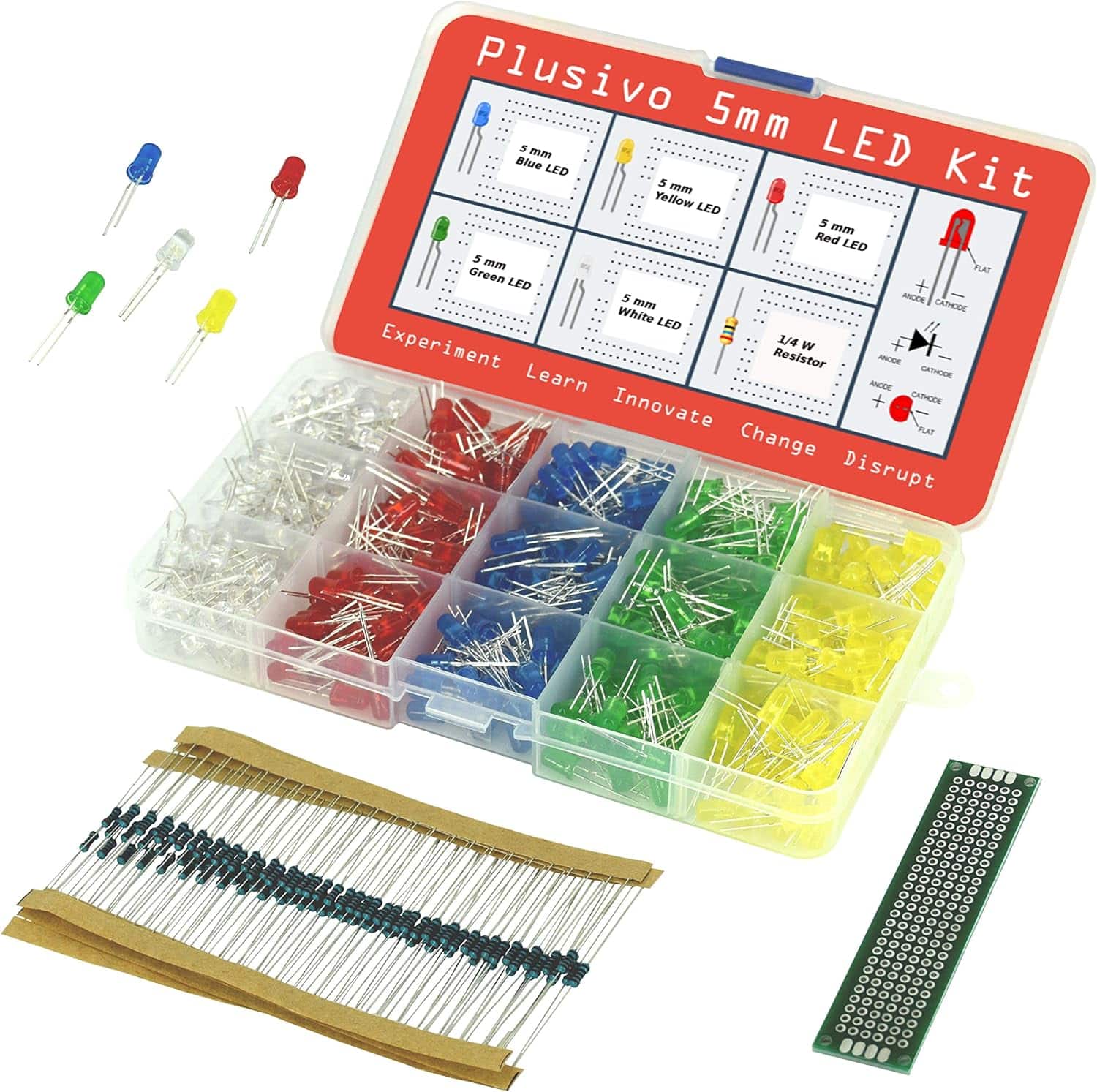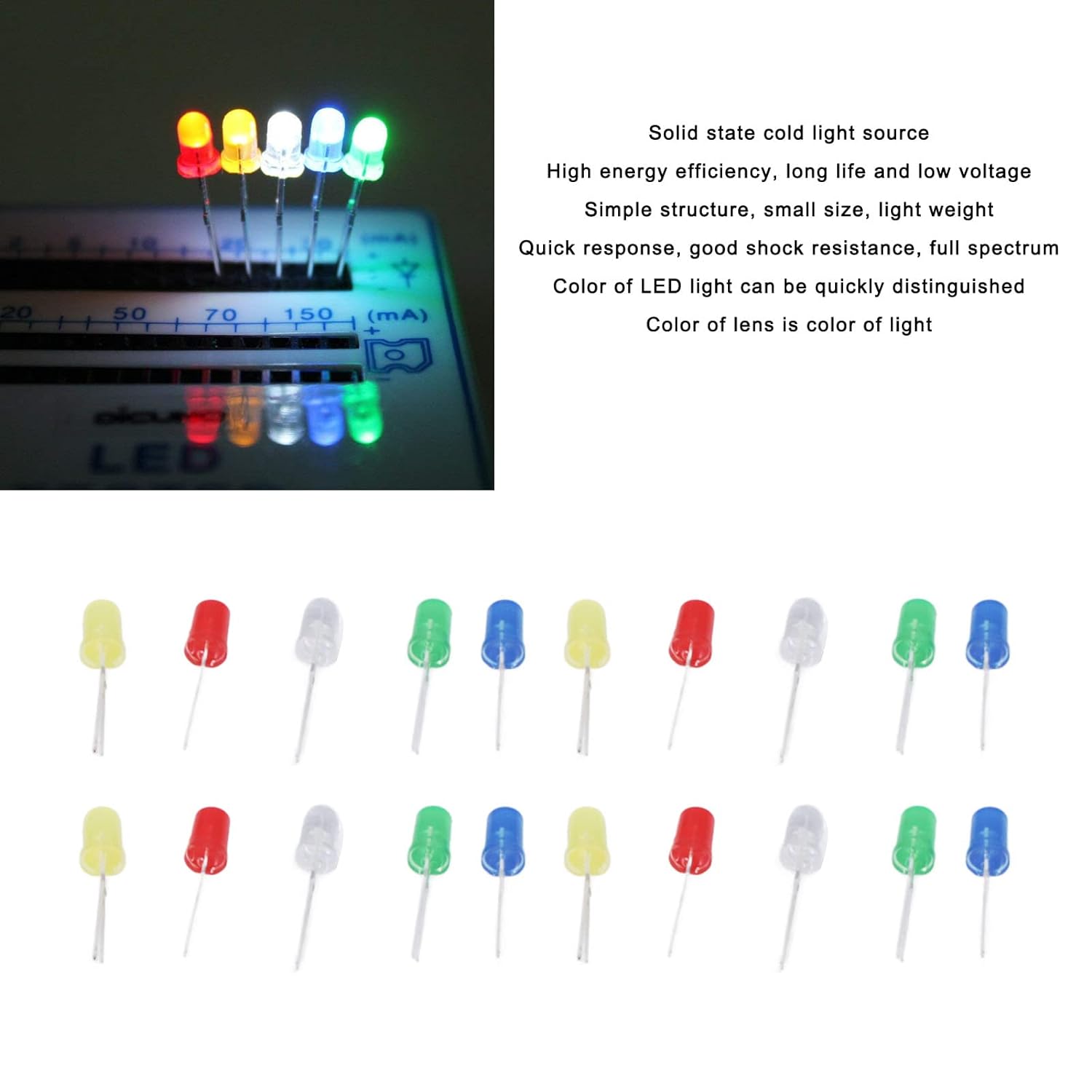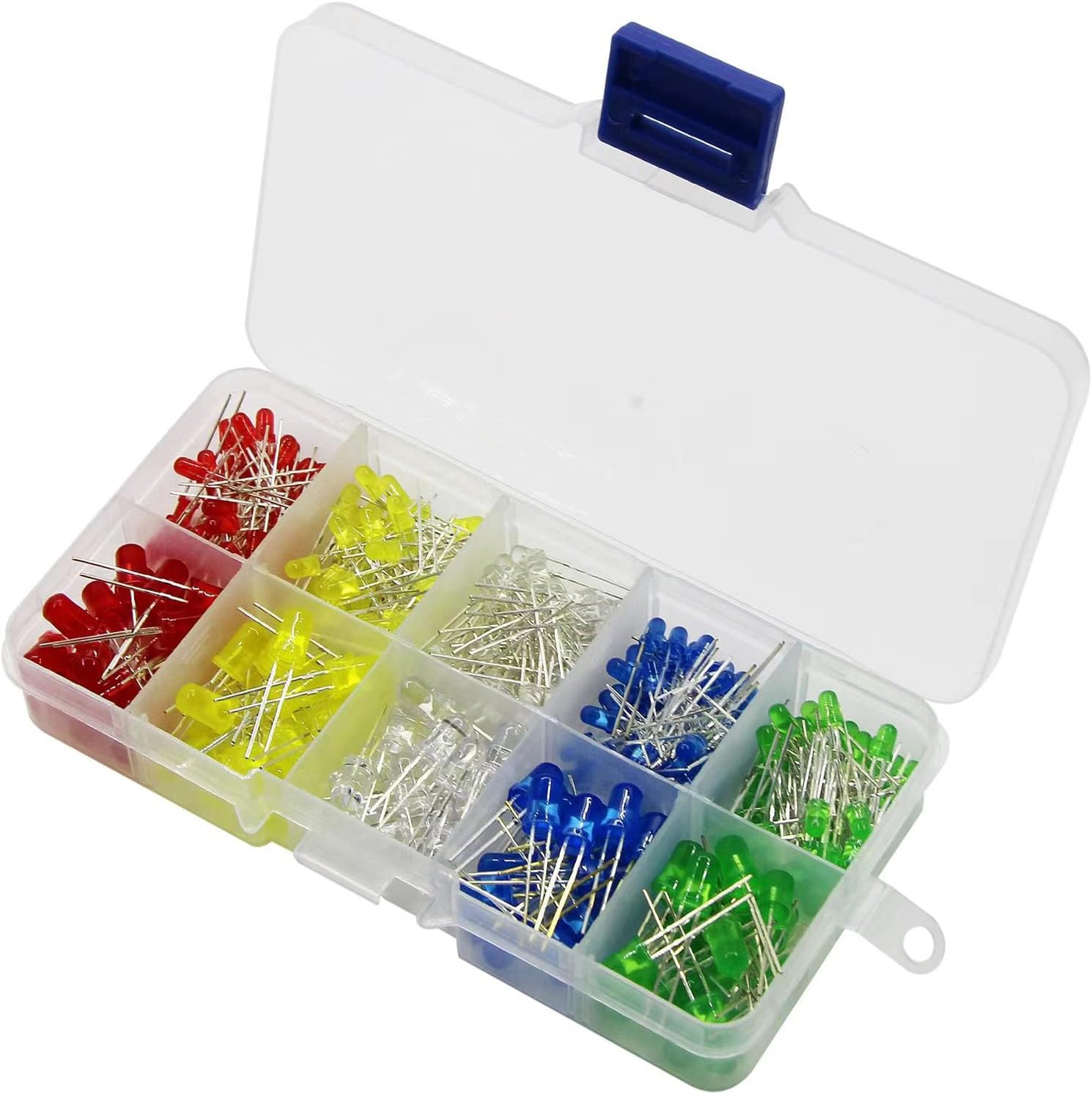In this step-by-step guide, you’ll learn how to program RGB LED lights to create mesmerizing color patterns. From simple to complex effects, this guide is your key to creating stunning lighting displays. Get ready to wow your friends and family with your LED light programming skills!
Crazy fact: Did you know that RGB LED lights can produce over 16 million colors? That’s more colors than the human eye can perceive!
Illuminate your space with top picks



Gather the necessary materials
Before you start programming your RGB LED lights, it is essential to have all the required materials ready. This will help ensure a smooth and efficient programming process. Here are the materials you’ll need:
- Arduino or Microcontroller: Choose a suitable Arduino board or microcontroller that can handle the task of controlling the RGB LED lights.
- RGB LED Strip or Individual RGB LEDs: Decide whether you want to use a pre-assembled RGB LED strip or individual RGB LEDs for more flexibility in your lighting setup.
- Jumper Wires: Get a set of jumper wires to connect your Arduino or microcontroller with the RGB LED strip or individual LEDs.
- Power Supply: Determine the appropriate power supply for your RGB LED lights. Make sure it can provide enough power to support the number of LEDs you are using.
To summarize, ensure you have an Arduino or microcontroller, RGB LED strip or individual RGB LEDs, jumper wires, and a suitable power supply before you begin programming your RGB LED lights. Having all the necessary materials at hand will ensure a seamless experience while working on your project. Happy programming!



Understand the RGB color model
Programing RGB LED lights effectively requires a basic understanding of the RGB color model. The RGB acronym stands for red, green, and blue, which are the primary colors used to create a vast array of other colors. By adjusting the intensity of each color, you can achieve a wide range of hues and shades.
Instructions
- Choose your RGB LED light: Start by selecting an RGB LED light that suits your project. These lights can be found in various forms such as strips, individual bulbs, or even in the form of addressable LED pixels. Make sure that your chosen light is compatible with your program or microcontroller.
- Connect the RGB LED light: Carefully connect the RGB LED light to your program or microcontroller using the appropriate connections. Most RGB lights have separate pins or terminals for the red, green, and blue components. Refer to the documentation of your LED light for the correct pinout.
- Determine the color value: The color value in the RGB color model is represented by three numbers, each ranging from 0 to 255, corresponding to the intensity of red, green, and blue respectively. For example, (255, 0, 0) represents pure red, (0, 255, 0) represents pure green, and (0, 0, 255) represents pure blue.
- Program the RGB LED light: Write a program or use coding libraries to control the RGB LED light. Set the intensity of each color component based on the desired color value. Most programming languages and libraries have functions specifically designed for setting RGB values.
- Experiment with color combinations: Play around with different combinations of red, green, and blue values to generate various colors. Remember that by increasing or decreasing the intensity of each color component, you can achieve a wide spectrum of hues and shades for your RGB LED light.
Remember to consult the documentation for your specific LED light or microcontroller for any additional instructions or considerations. With a basic understanding of the RGB color model and these instructions, you’ll be well-equipped to program your RGB LED lights effectively and achieve stunning lighting effects.
Connect the RGB LEDs to the Arduino
Next, let’s move on to connecting the RGB LEDs to your Arduino or microcontroller. This step is crucial to ensure that your LEDs are properly controlled and can display the desired colors. Follow the wiring diagram provided by the manufacturer, as it will show you the specific pins and connections needed for your RGB LEDs.
To start, gather your jumper wires and connect the RGB pins of the LEDs to the corresponding pins on the Arduino. Here’s a step-by-step guide on how to do this:
- Take one end of a jumper wire and insert it into the R (red) pin of the RGB LED.
- Connect the other end of the jumper wire to a digital pin on your Arduino labeled as ‘R’ or ‘Red.’ Make sure to check the manufacturer’s specifications or consult the documentation for your microcontroller to find the appropriate pin.
- Repeat steps 1 and 2 for the other two colors: G (green) and B (blue). Connect the G pin to the ‘G’ or ‘Green’ pin on your Arduino, and the B pin to the ‘B’ or ‘Blue’ pin.
- Double-check that all the connections are secure and properly inserted.
By connecting the RGB LEDs to your Arduino in this way, you are establishing the necessary communication between the microcontroller and the LEDs, allowing you to control their colors and create stunning lighting effects. Remember to follow the manufacturer’s instructions and consult the documentation provided for any specific details relevant to your RGB LEDs and Arduino model.



Install the Arduino software
To program the Arduino, you’ll need to follow these simple steps to install the Arduino software on your computer:
- Visit the official Arduino website: Go to the official Arduino website (www.arduino.cc) in your web browser.
- Download the software: Once you are on the Arduino website, navigate to the “Downloads” section. Choose the appropriate software version for your specific operating system (Windows, Mac, or Linux) and click on the download link.
- Start the installation: Locate the downloaded software file and double-click on it to start the installation process.
- Follow the installation instructions: The installation wizard will guide you through the entire setup process. Simply follow the on-screen instructions to proceed.
- Select the installation location: During the installation, you may be asked to choose a location to install the Arduino software. You can either go with the default location or select a different directory if desired.
- Wait for the installation to complete: Once you have selected the installation location, click on “Install” or “Next” to begin the installation. The process may take a few minutes, so please be patient and do not interrupt it.
- Launch the Arduino software: After the installation is finished, you can launch the Arduino software from the desktop shortcut or by searching for it in your computer’s applications menu.
That’s it! You have now successfully installed the Arduino software on your computer. You can now connect your Arduino board and start programming it to bring your projects to life. Happy coding!
Write the code for color patterns
To begin writing the code for color patterns on your Arduino, open the Arduino software and create a new sketch. Next, define the desired colors using the RGB color model. This model allows you to specify different levels of red, green, and blue to create a wide range of colors.
To program the LEDs to display the colors in a specific sequence or pattern, you will need to use the analogWrite() function. This function takes two parameters: the pin number and the brightness level. Since we are using RGB LEDs, you will need to assign separate pins for the red, green, and blue components.
Here’s an example of how you can write the code to display a simple pattern:
- Define the pin numbers for the red, green, and blue components:
arduinoconst int redPin = 9;const int greenPin = 10;const int bluePin = 11; - In the
setup()function, set the pin mode for each component as OUTPUT:arduinovoid setup() {pinMode(redPin, OUTPUT);pinMode(greenPin, OUTPUT);pinMode(bluePin, OUTPUT);} - In the
loop()function, use theanalogWrite()function to set the brightness levels for each component in a specific sequence or pattern. For example, you can create a fading effect by increasing and decreasing the brightness gradually:“`arduinovoid loop() {// Set the colors to redanalogWrite(redPin, 255);analogWrite(greenPin, 0);analogWrite(bluePin, 0);delay(1000);// Set the colors to greenanalogWrite(redPin, 0);analogWrite(greenPin, 255);analogWrite(bluePin, 0);delay(1000);// Set the colors to blueanalogWrite(redPin, 0);analogWrite(greenPin, 0);analogWrite(bluePin, 255);delay(1000);}“`
Feel free to modify the code to create more complex patterns or sequences. Remember to upload the code to your Arduino board and observe the colorful patterns produced by your RGB LEDs. Enjoy experimenting with different color combinations!
Upload the code to the Arduino
After you have written the code for your Arduino project, it’s time to upload it to the Arduino board. Begin by connecting the Arduino board to your computer using a USB cable. Make sure the Arduino software is already open on your computer.
Now, let’s select the correct board and port in the Arduino software. Go to the “Tools” menu and click on “Board.” From the drop-down menu, choose the appropriate Arduino board you are using for your project. Next, go to the “Tools” menu again and click on “Port.” Another drop-down menu will appear where you need to select the port that your Arduino is connected to.
Once you have selected the correct board and port, you are ready to upload the code. Simply click on the ‘Upload’ button located in the toolbar. The Arduino software will start transferring the code to the Arduino board.
Once the upload is complete, the RGB LED lights will begin displaying the programmed color patterns that you have coded. Congratulations! You have successfully uploaded your code to the Arduino board.
Experiment and customize
Now that your RGB LED lights are programmed, let’s dive into experimenting and customizing the color patterns! Here’s how you can modify the code to unleash your creativity and create your own unique lighting effects:
- Changing color combinations: Try different combinations of red, green, and blue values in the code to generate a wide range of colors. For instance, you can set equal values to create pure colors like red (255, 0, 0), green (0, 255, 0), or blue (0, 0, 255). Mixing different intensity levels will allow you to achieve custom shades and create beautiful gradients.
- Playing with transitions: Experiment with smooth transitions between colors by adjusting the fade timings in the code. By modifying the delay values between color changes, you can create subtle or rapid transitions. For example, increase the delay time to slow down the transition, or decrease it for a faster change.
- Timing controls: Customize the timing of your lighting effects by altering the interval duration between color patterns. You can try longer intervals for a relaxed ambiance or shorter intervals for an energetic and dynamic effect. Feel free to experiment until you find the perfect timing that suits your preferences.
Remember to update the code accordingly, upload it to your RGB LED lights, and observe the visual effects to evaluate your modifications. Don’t be afraid to iterate and make adjustments to achieve the desired atmosphere or aesthetics. Have fun exploring your own unique lighting creations!
Unlock Your Creative Lighting Possibilities
In conclusion, I hope this blog post has helped you understand how to program RGB LED lights for different color patterns. It’s an exciting and innovative way to bring life to your lighting setup. By following these steps and exploring your creativity, you’ll be able to create stunning lighting effects that can be tailored to match any mood or event. Have fun experimenting and enjoy the beautiful ambiance you can create with RGB LED lights!


